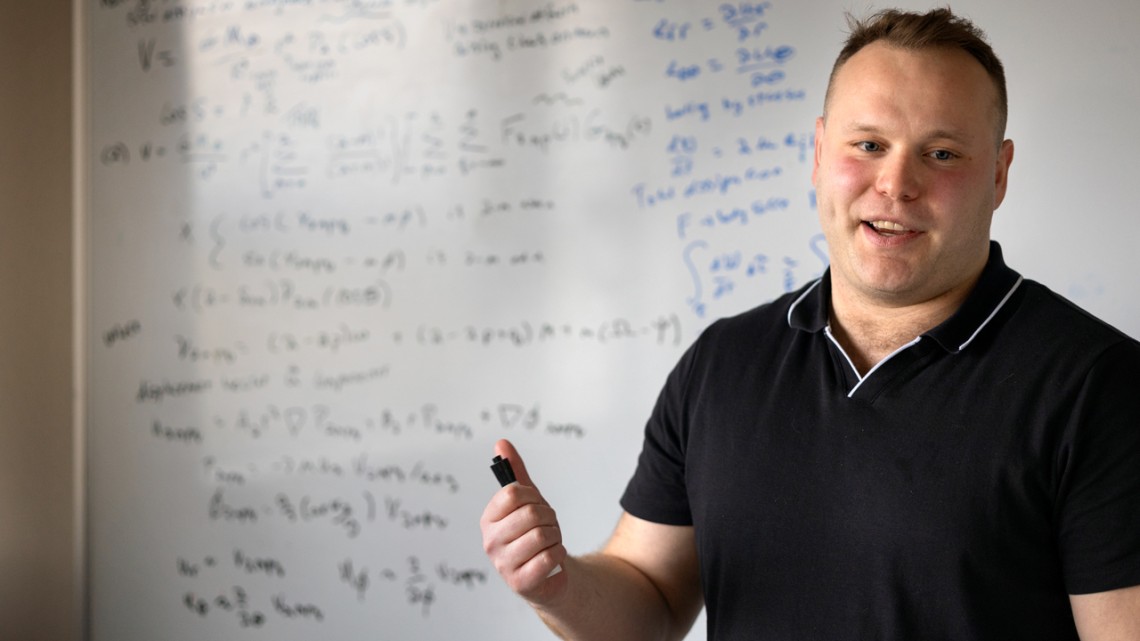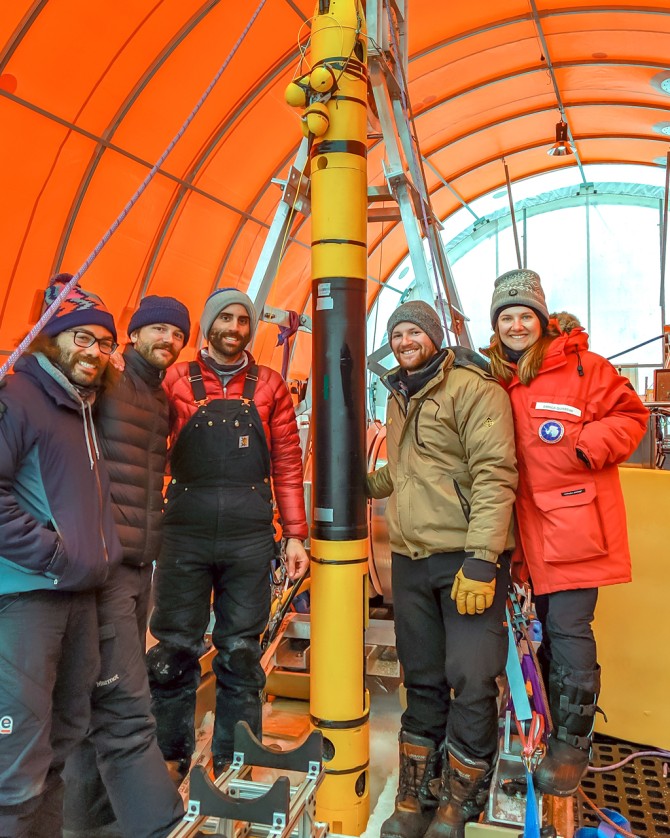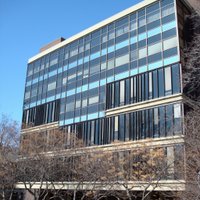
Cornell Astronomy
@CornellAstro
Cornell University Department of Astronomy
ID:2496416125
http://astro.cornell.edu/ 15-05-2014 13:54:00
551 Tweets
1,0K Followers
33 Following

Congratulations to Darryl Seligman, Cornell Astronomy postdoctoral research associate!
He has received an U.S. National Science Foundation postdoctoral research fellowship to explore 'Interstellar Comets and the New Insights to Planet Formation They Provide.*
nsf.gov/news/news_summ…
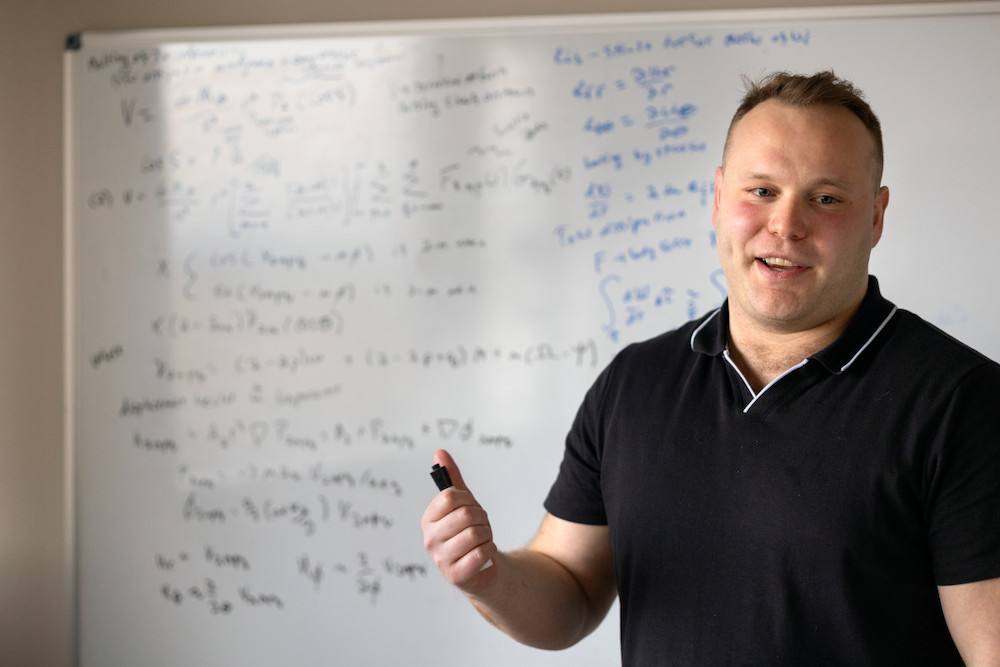
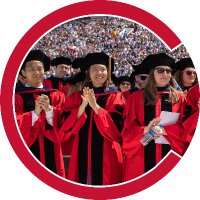
.CornellArts&Sciences Cornell Astronomy doctoral candidate Stella Ocker is co-author of a paper on new evidence on the nature of mysterious fast radio bursts. Read more: news.cornell.edu/stories/2023/0…
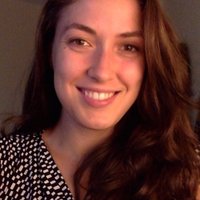
Colin and the other undergraduate students did a fabulous job presenting at the Cornell Astronomy Undergraduate Research Poster Forum this morning! Great work everyone!
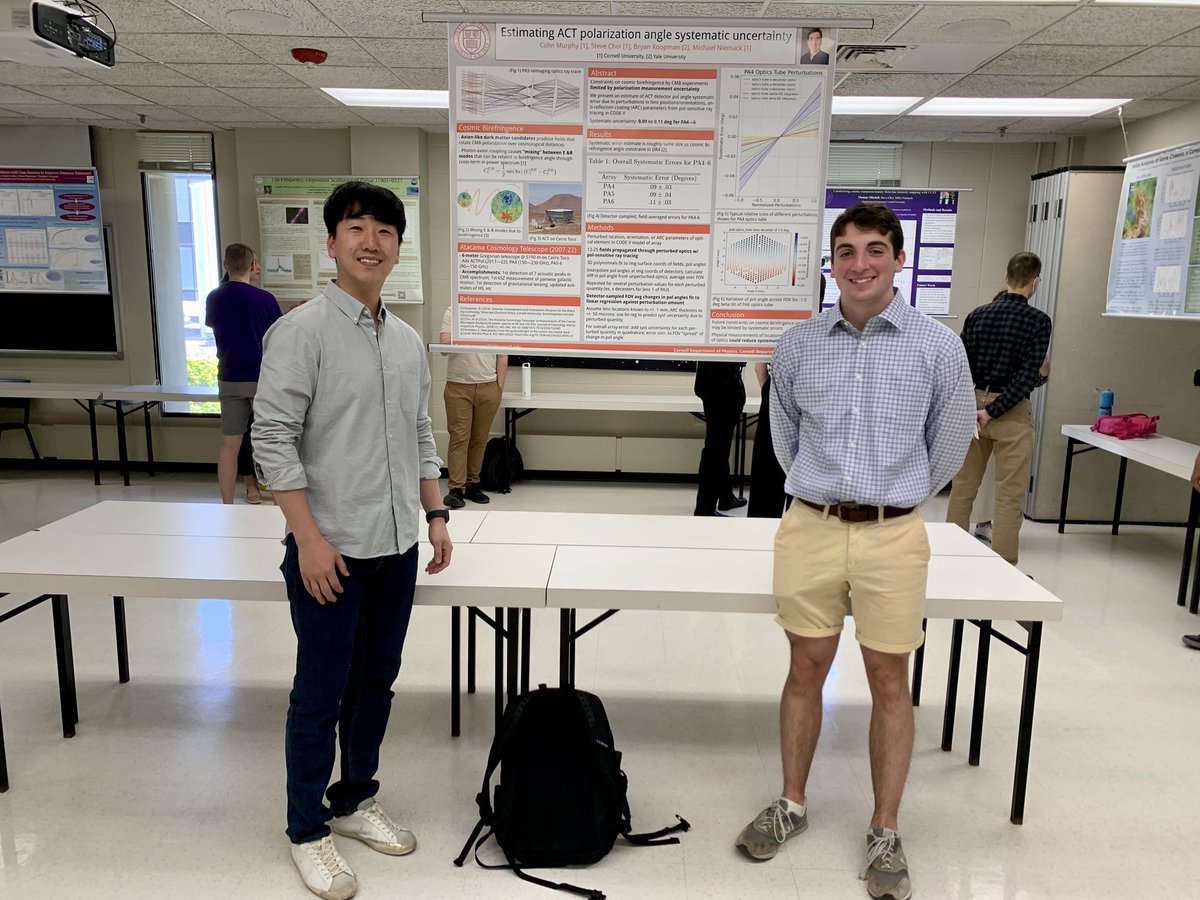

.Cornell Astronomy researcher Shami Chatterjee contributed to new findings about fast radio bursts (FRBs) from distant galaxies: “These new observations are another step forward in understanding the remarkable engines and the diversity of fast radio bursts.'
as.cornell.edu/news/reversibl…
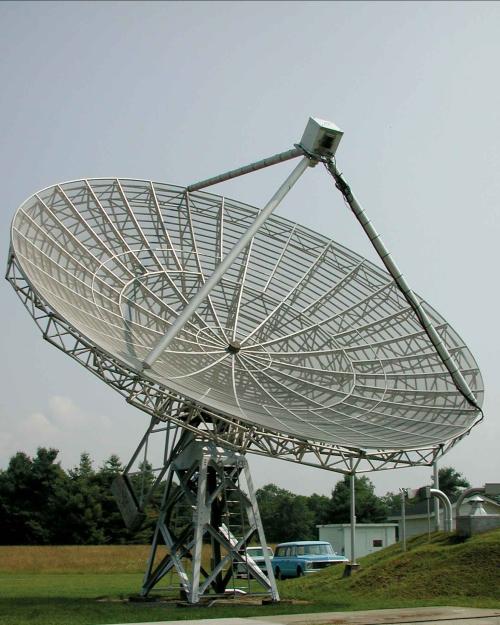

“In this observation of radiation from a faraway celestial object, we see a beautiful effect that is a manifestation of intricate, fundamental physics.” Cornell Astronomy professor Dong Lai tests quantum electrodynamics in a neutron star with a magnetic field
as.cornell.edu/news/neutron-s…
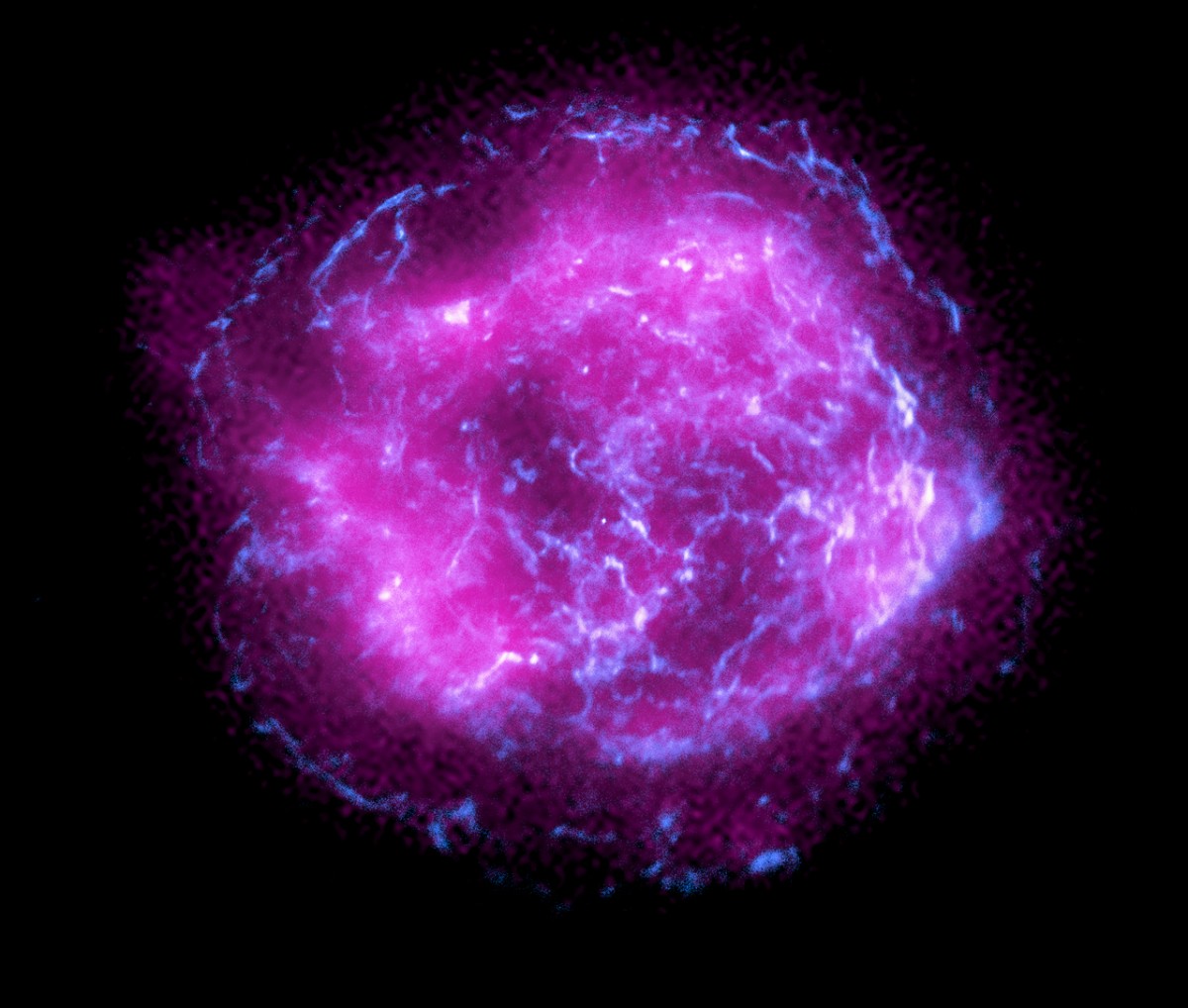

Time Magazine has named Britney Schmidt, associate professor of astronomy CornellArts&Sciences and of Earth and atmospheric sciences Cornell Engineering, to its 2023 list of the world’s 100 most influential people. Cornell Astronomy news.cornell.edu/stories/2023/0…


New paper on emission spectroscopy of the ultra-hot Jupiter #exoplanet KELT-9b, using Carmenes Exoplanets data, led by Andrew Ridden-Harper, accepted by@AAS_Publishing: arxiv.org/abs/2304.03248 #astronomy


The #exoplanet Smertrios has a surprising abundance of heavy elements: '[It's] the mass of Saturn, but its atmosphere seems to have as much as 27 times the amount relative to its hydrogen and helium,' Cornell Astronomy professor Jonathan Lunine says on SPACE.com
space.com/webb-telescope…

“Every giant planet is different, and we’re starting to see those differences thanks to JWST.' Cornell Astronomy professor Jonathan Lunine and colleagues are exploring #exoplanet atmospheres using NASA Webb Telescope. Some of their first findings appear today in nature
as.cornell.edu/news/giant-pla…
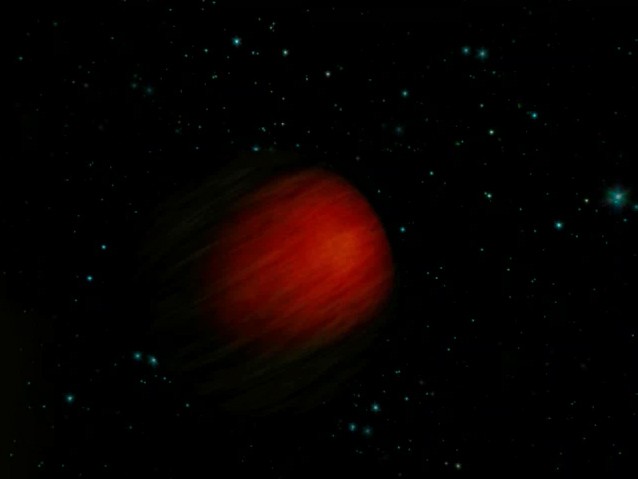



For more than 30 years, the “Friends of Astronomy” have gathered to learn about the wonders of the universe from Cornell astronomers. Martha Haynes Cornell Astronomy professor and alum Chuck Mund, Jr. ’81 organize monthly Zoom events – join in!
as.cornell.edu/news/learn-abo…
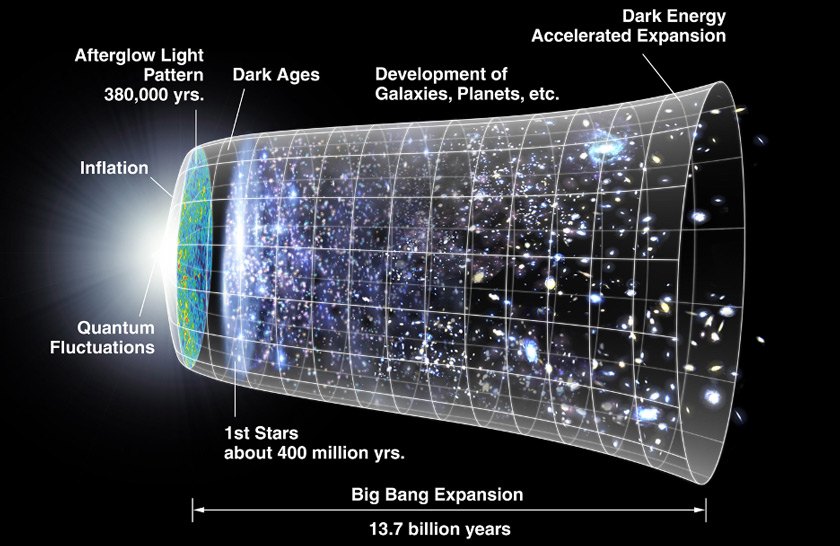
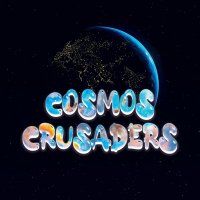
We’re back with a new episode next week! We feature Anna Ho, a new Assistant Professor of Astronomy at Cornell Astronomy studying energetic transients. We talk about her career path, experiences as a new Professor, ways to make the field more equitable for the future, and much more!
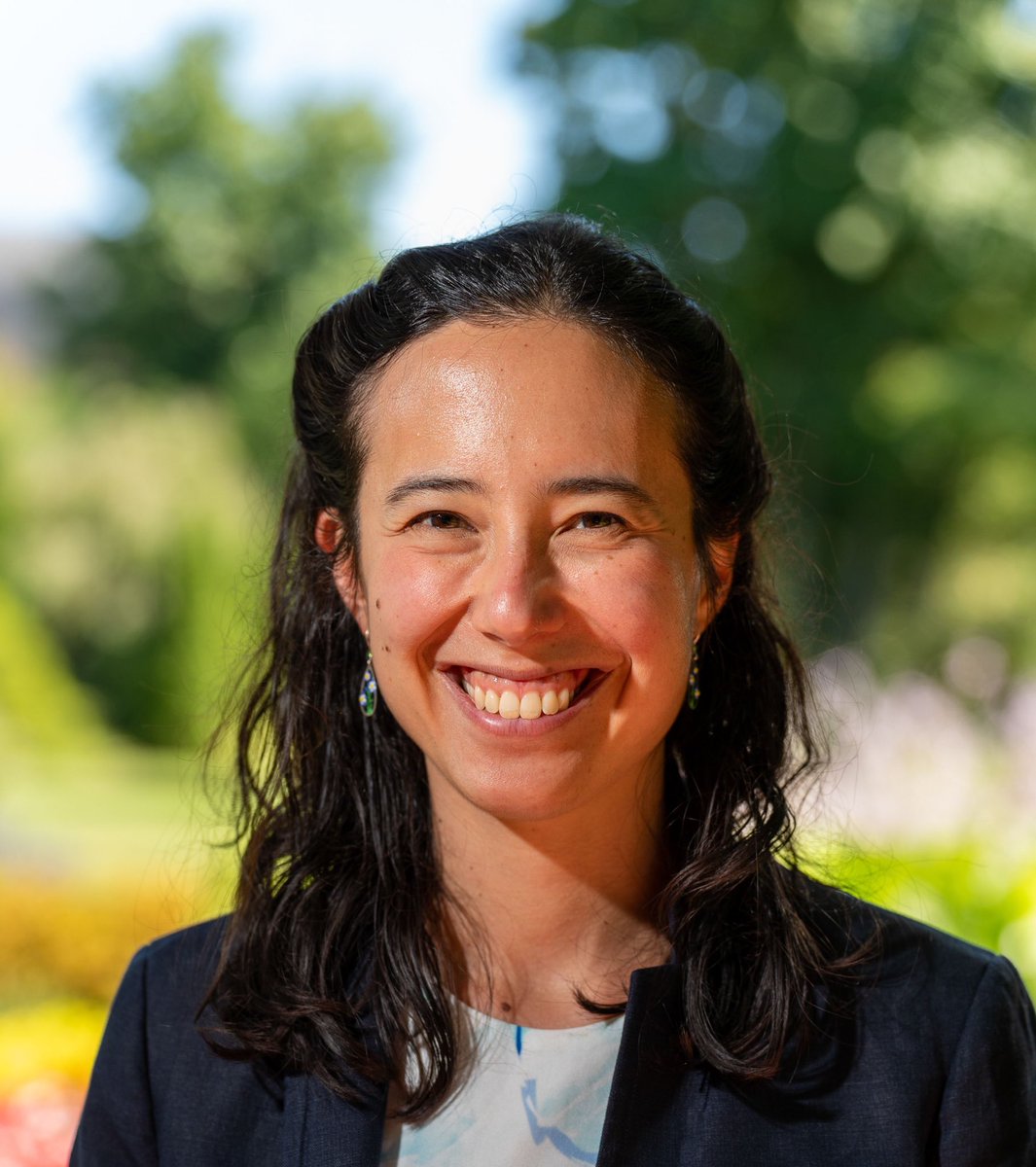

A particle physicist and flutist have transformed the waveform data of interstellar space from Voyager 1 into music; in The Washington Post, Cornell Astronomy PhD candidate Stella Ocker
she said she loved how the composition captured what Voyager 1 experienced.
washingtonpost.com/climate-enviro…


.CornellArts&Sciences Cornell Astronomy doctoral student Bo Peng is lead author of a paper about the discovery of a chemically abundant galaxy in the early universe, to which doctoral students Catie Ball and Christopher Rooney contributed as co-authors. Read more: news.cornell.edu/stories/2023/0…

Cornell astronomers are searching for keys to life on Mars in central Spain – the extremely salty Tirez lagoon holds clues to the time when the red planet had liquid water on its surface.
Cornell Astronomy
as.cornell.edu/news/spanish-l…
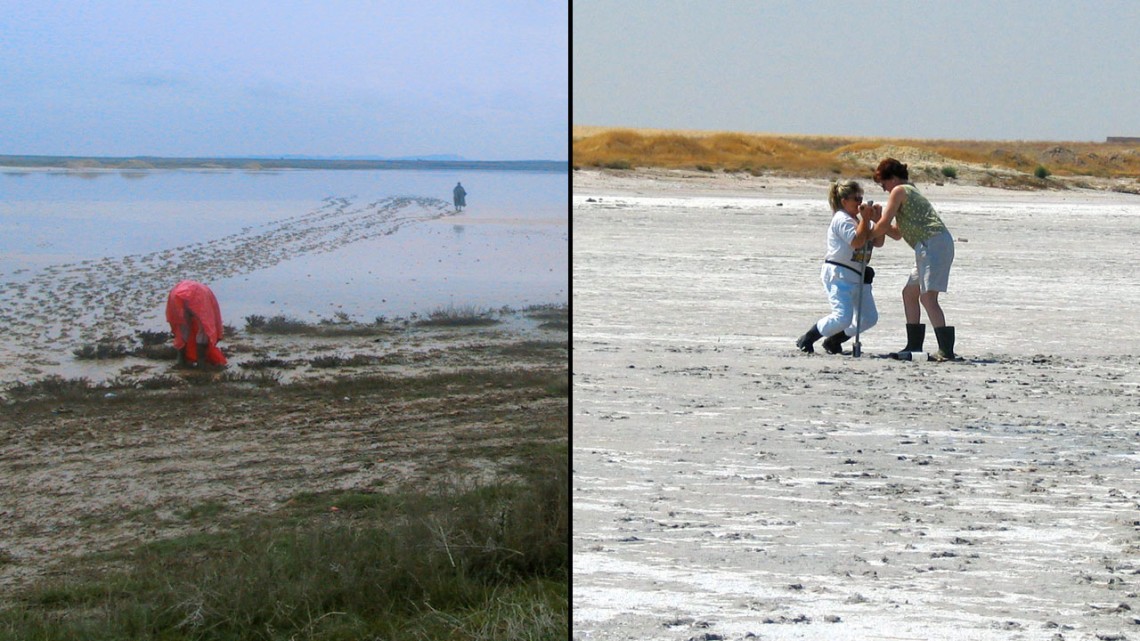

The Cornell Astronomy community remembers Peter Gierasch, a Cornell astronomer who contributed to a wealth of knowledge on the processes of planetary atmospheres – specifically Mars, Venus, Jupiter and Saturn’s largest moon, Titan.
as.cornell.edu/news/peter-gie…
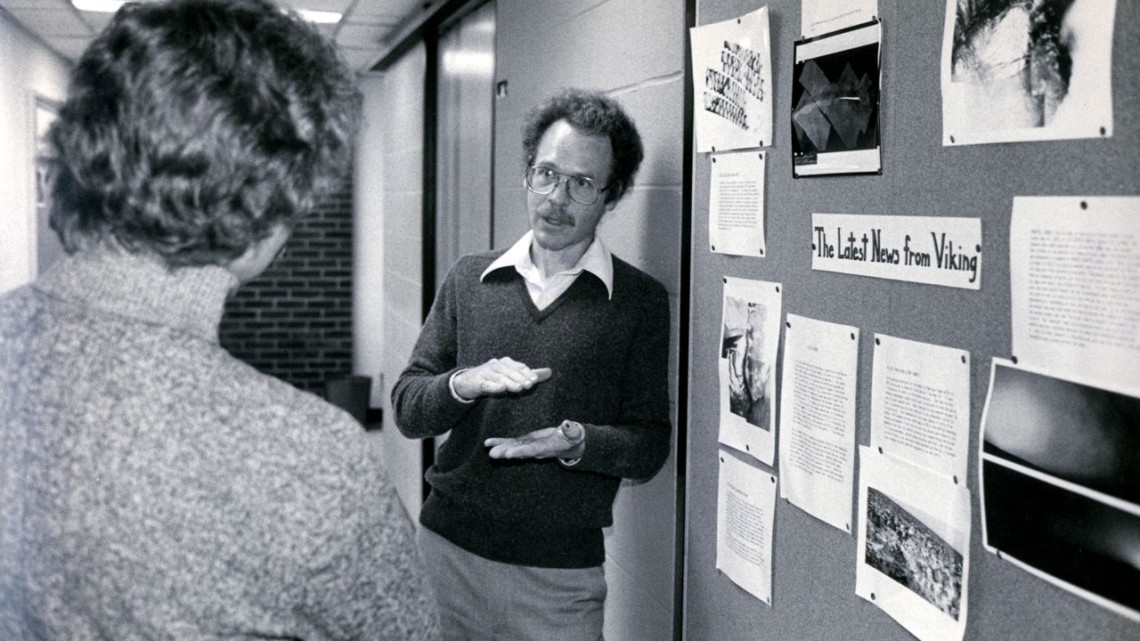

.NASA Webb Telescope is opening a new chapter in the study of exoplanets and the search for life beyond Earth; in Scientific American, Cornell Astronomy professor Dr. Nikole Lewis talks about using the telescope in current and future studies of exoplanet atmospheres
Carl Sagan Institute
scientificamerican.com/article/jwst-h…
